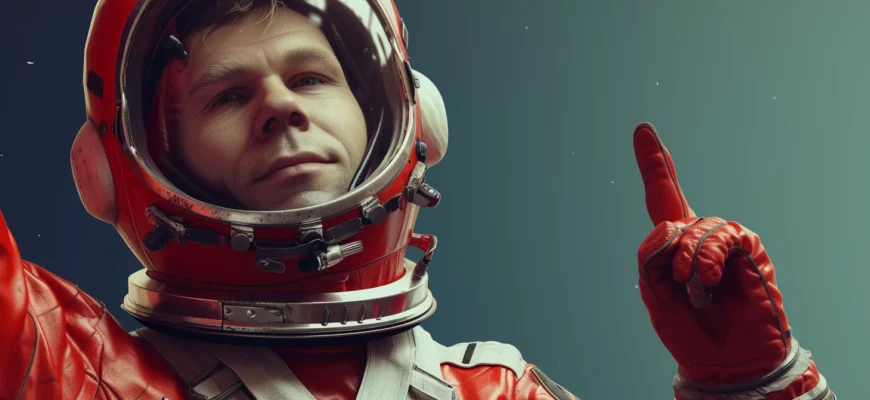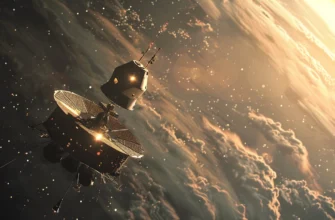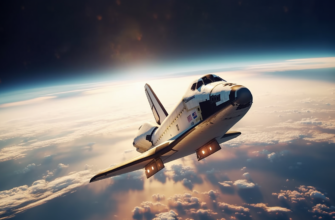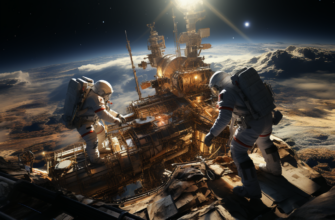On April 12, 1961, a pivotal moment in human history occurred as Soviet cosmonaut Yuri Gagarin launched into space, becoming the first man in space. His journey aboard the Vostok 1 spacecraft lasted 108 minutes, orbiting the planet once during a flight that would pave the way for human space exploration for decades to come.
The Selection of Gagarin – First Man in Space
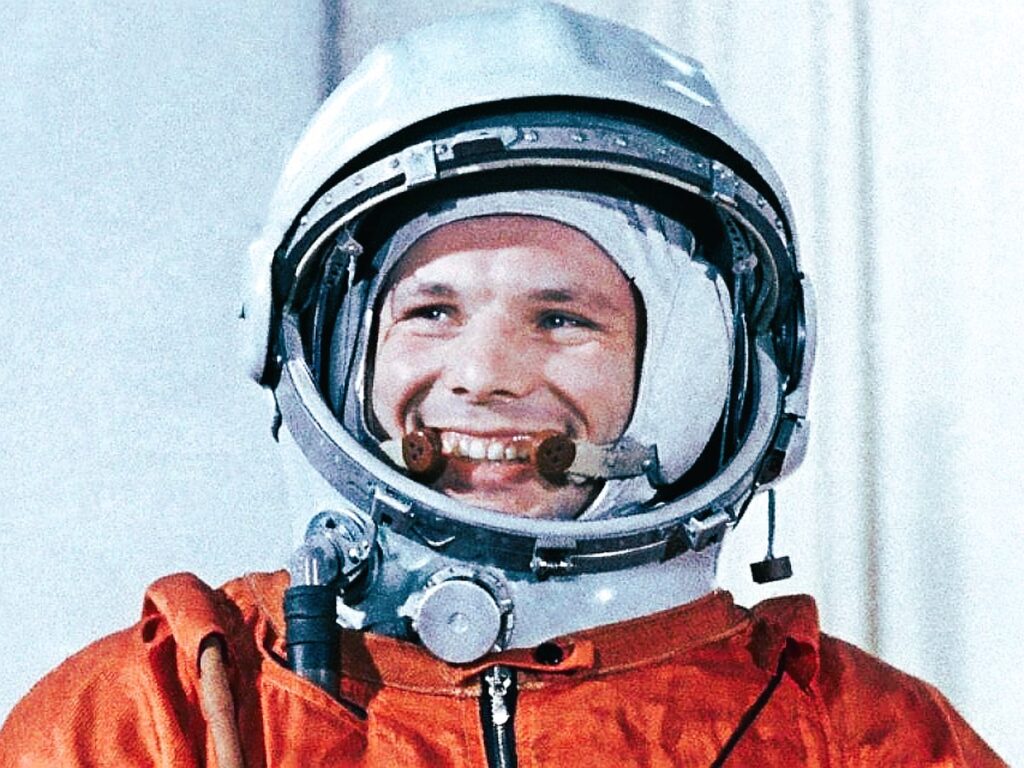
Yuri Gagarin was one of 20 Soviet Air Force pilots selected to the newly formed cosmonaut detachment in 1960. Out of this group, Gagarin excelled in training and was chosen to be the first man launched into space. Some key reasons why he was selected:
- His small physical stature (5 feet 2 inches) was an asset given the cramped quarters of the Vostok spacecraft
- He maintained composure during stressful simulator training sessions meant to test the mettle of cosmonaut candidates
- His upbeat attitude and easy-going confidence inspired the trust of the space program leadership
“His eyes smiled more brightly and his face lit up more keenly than any of the other cosmonauts when he reported to me about something. I could see that he was inspired. He wanted to fly and explore space more than any of the others at that time.”
- Nikita Khrushchev, leader of the Soviet Union, on why he approved the selection of Gagarin
Gagarin also had a background that resonated with the Soviet leadership’s desire to showcase their space travel achievements on the world stage. He grew up in modest means on a collective farm and began training as a steel worker before joining the Russian Air Force. He represented the humble roots and working class background prized in communist propaganda. Sending first man in space before any American could achieve the same feat was powerfully symbolic of Soviet supremacy.
Preparations for Launch

The Vostok 1 mission represented years of intense research, design and testing to make human spaceflight possible:
- 1952: Efforts to develop human spaceflight begin in earnest at Moscow’s Central Design Bureau No. 1 headed by Chief Designer Sergei Korolev
- 1957: Launch of Sputnik 1, the world’s first artificial satellite, signals Soviet progress
- 1959: First animals, two dogs named Belka and Strelka launched into orbit and returned alive
- 1960: Two more dogs and a rabbit circle the Earth and provide data on how living organisms handle spaceflight
- 1961: Multiple test launches of the Vostok space capsule determine it is ready to sustain human life in orbit
Finally, on the morning of April 12th, 1961, the scene was set at Baikonur Cosmodrome in Kazakhstan for Gagarin’s date with destiny.
The 27-year old Gagarin awoke early, had a hearty breakfast, and donned his bright orange spacesuit before boarding a bus that took him to the launch pad. His pulse registered a reading of 64 beats per minute according to biomedical sensors – astonishingly calm given what he was about to undergo.
As he rode an elevator up to the Vostok 1 capsule perched nearly 100 feet up on top of the awaiting rocket, Gagarin was spotted whistling a patriotic tune. Neither tension nor fear could stand in the way of this young cosmonaut and his rendezvous with the cosmos that day.
Blastoff!
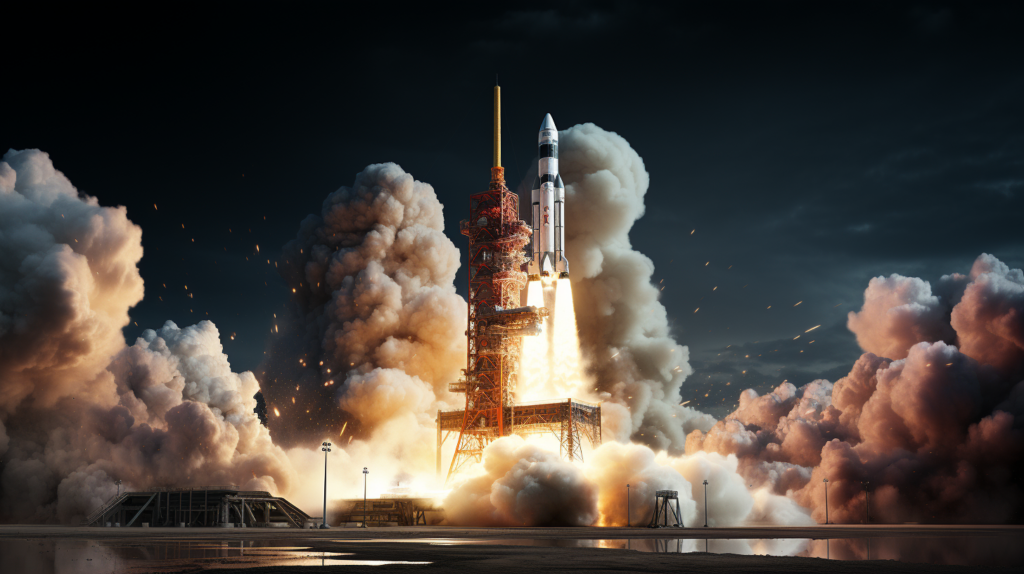
At 9:07 am Moscow time, the roar of 20 massive engines ignited and Vostok 1 rumbled upwards, accruing G-forces rapidly. Gagarin reported over the radio to mission control: “Poyekhali!” – the Russian phrase meaning “Off we go!”.
Vostok 1 ascended higher and higher through a cloudy sky. Just 10 minutes after blastoff, Gagarin radioed: “I feel splendid, very well, very well, very well. Give me some music!” Then a crackling rendition of a Russian song called “Motherland hears, Motherland knows” filled the airwaves – an unplanned addition to the scheduled flight activities that captured the lighthearted audacity displayed by the cosmonaut that day.
The View from Space

As the curves of the Earth became increasingly visible to Gagarin through Vostok 1’s tiny portholes, he relayed his breathtaking impressions:
“The sky is very dark; the Earth is bluish. Everything is seen very clearly. There is a certain amount of space under cumulus cloud cover. “I continue the flight, everything is OK.”
Gagarin also spotted landmarks on the ground after separating from the rocket to circle the Earth independently:
“Africa is visible, it looks like a queen of diamonds. I can see the Gulf of Aden with its yellow contours quite clearly.”
Finally, he enthusiastically described a sunset vista:
“The sun shines very brightly here without diffusing its rays. Now it’s rising. What beauty! I am observing the Earth. The clouds have paled.”
At this pivotal instant, the first human was witnessing surreal visuals that no one had laid eyes on prior. The epochal nature of the moment wasn’t lost on Gagarin, who later reflected: “Orbiting Earth in the spaceship, I saw how beautiful our planet is. People, let us preserve and increase this beauty, not destroy it!”
Preparing for Re-Entry
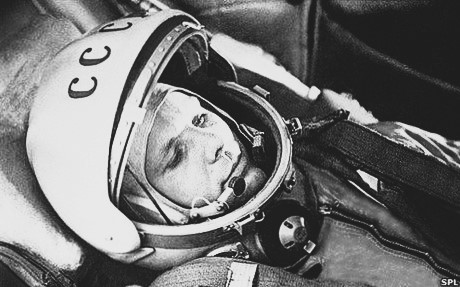
After one orbit circling the globe – which took Gagarin over vast oceans, remote regions and iconic areas like the Great Wall of China – it was necessary to carry out a series of critical steps for the fiery return flight through the atmosphere:
- The spacecraft orientation system positioned Vostok 1 in the proper direction
- Retro-rockets fired to slow down and begin gradual descent
- Instruments and life support systems were triple-checked
- Gagarin strapped himself securely into the ejector seat
While gravity slowly took hold once more after nearly two hours of weightlessness, Gagarin listened to soaring classical compositions to pass the tense minutes and stay focused on the pivotal tasks ahead.
Back on Earth
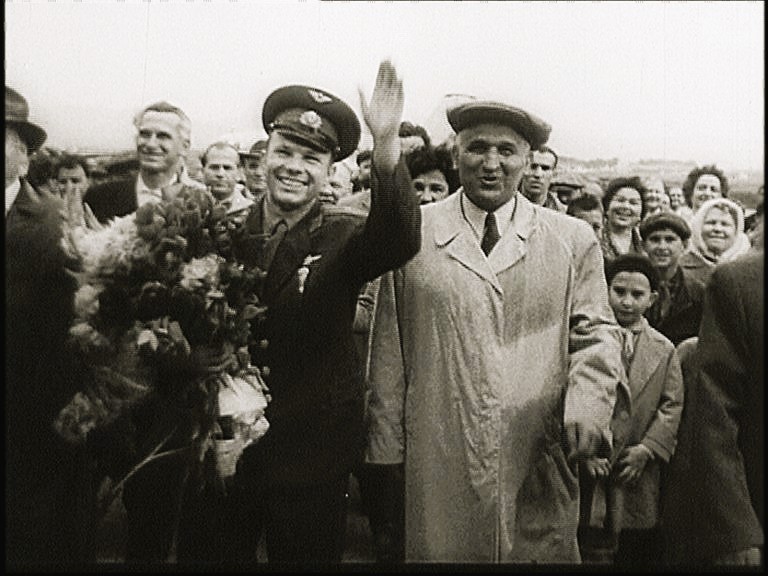
Screaming back through layers of atmosphere at over 25,000 km per hour, Vostok 1 encountered heated plasma around its surface when suddenly its instruments triggered the pre-programmed ejection of Gagarin’s capsule. After being hurled clear at a speed of about 30 Gs, Gagarin’s parachute deployed as planned.
Gagarin marveled at his surroundings while drifting downwards, enthusing: “I could see through a porthole that I was over an industrial area. I saw the Volga River, then I saw some farmland with forests on both banks of the river. I drifted over a village. I could see houses and buildings quite clearly. I could see cars and trucks racing along dirt tracks.”
Finally, after a remarkable 6,000 mile journey spanning 108 minutes, Gagarin safely landed in a field near Engels, Russia close to the Volga River around 10:55 am Moscow time.
World Reactions: Fame and Controversy
The incredible news of Gagarin’s orbital flight and safe return was soon transmitted across radio waves worldwide, captivating audiences globally who marveled at his achievement. However, not all responses were positive:
- U.S. Senator Bourke Hickenlooper called it “a gimmick…to distract people from Soviet troubles”. American tensions ran high at being humbled technologically.
- Pope John XXIII lauded Gagarin by wishing an “apostolic blessing from the Lord to our very dear son”
- Scores of foreign dignitaries visited Moscow to personally meet Gagarin, who also toured dozens of countries himself later that year
- Some religious groups condemned manned spaceflight, arguing only God’s domain should be visited
Gagarin handled the sudden notoriety with humility and optimism. Ultimately his goodwill space diplomacy played a major role in raising hopes for international cooperation beyond the ‘space race’.
Lasting Impact

Yuri Gagarin’s legendary flight ushered in a new era of human space exploration that expanded mightily in the ensuing decades:
- 1969 – Neil Armstrong becomes first person to walk on the Moon
- 1971 – First orbital space station launched into orbit (Salyut 1)
- 1981 – First reusable spacecraft STS-1 Columbia launches manned missions
- 1986 – Mir space station launched which orbited for 15 years
- 1998 – First ISS module Zarya launched, beginning construction of the International Space Station
- 2001-2011 – ISS continually inhabited in orbit, with crews from U.S., Russia and over a dozen other nations participating
- 2020 – Launch of SpaceX Crew Dragon, return of manned flights from American soil
Additionally, Gagarin pioneered space travel techniques still used today:
- Using a small, limited oxygen supply spacecraft to conserve weight
- Relying on automatic onboard control systems rather than active piloting
- Executing a soft landing capsule return instead of gliding back with wings
Some fun facts/stats on Gagarin’s accomplishments:
- Orbit Velocity: 27,400 km/hr
- Closest to Earth: 203 km
- Farthest from Earth: 327 km
- Ocean’s crossed: Atlantic, Pacific, Indian
- Daylight seen: Twice (one orbit)
- Total minutes in space: 108
- Total miles traveled: ~6,000
- Heart rate at launch: 64 bpm
- Age on launch date: 27
Finally, some of the honors bestowed upon Gagarin after his historic flight include:
- Made a ‘Hero of the Soviet Union’ (highest Russian order)
- Achieved military rank of Colonel without prior officer status
- Granted numerous awards, titles and honors from Soviet Union
- Had Soviet postage stamp made featuring his likeness
- Multiple statures, monuments and memorials erected
- Had national Cosmonautics Day April 12 holiday ratified
So in many ways Gagarin not only became the first man in space, but used that platform to transform the Cold War space race into an enduring worldwide fascination with interstellar travel focused on peace and progress for all mankind.

